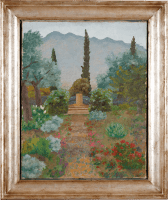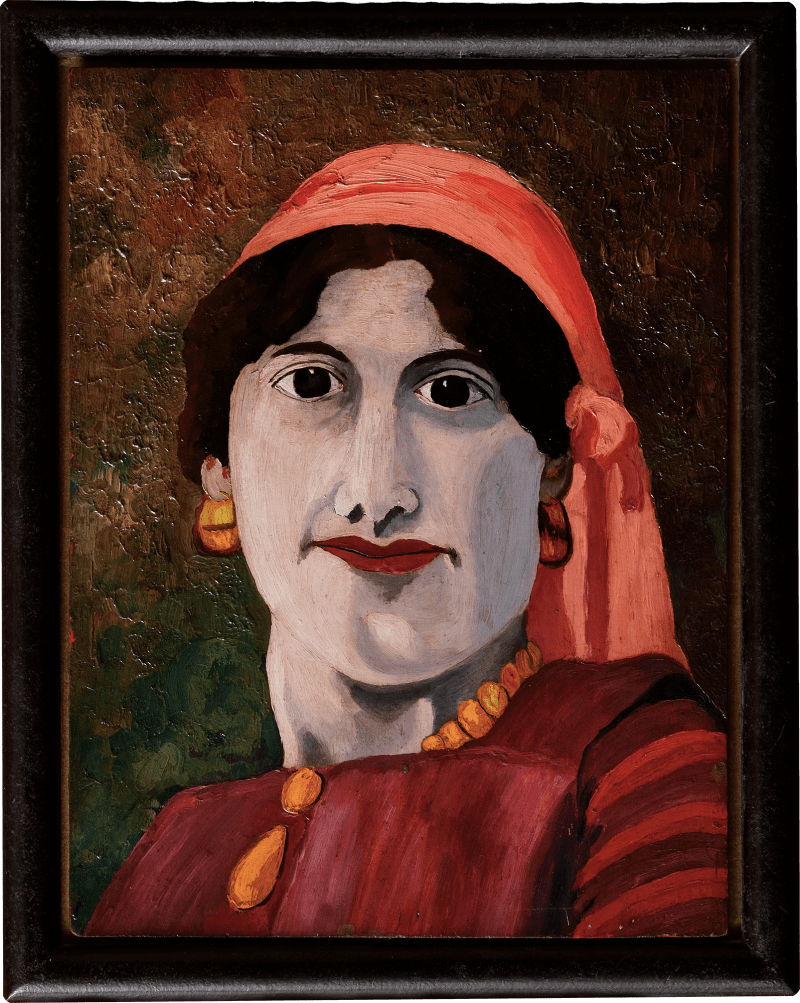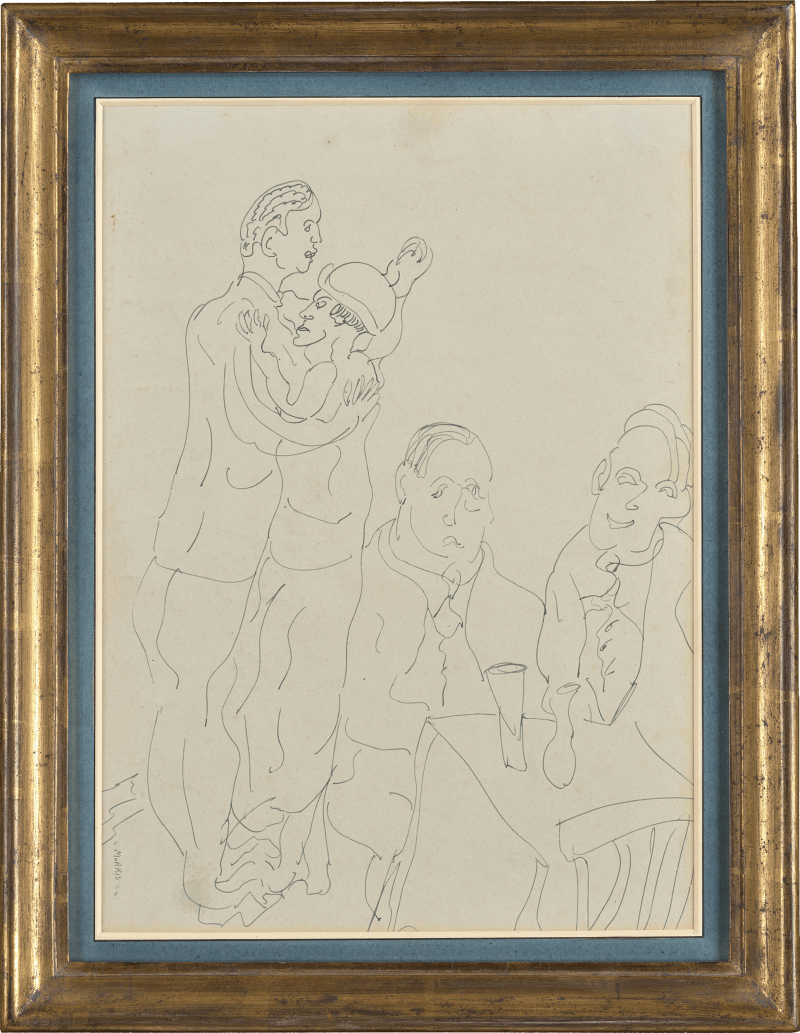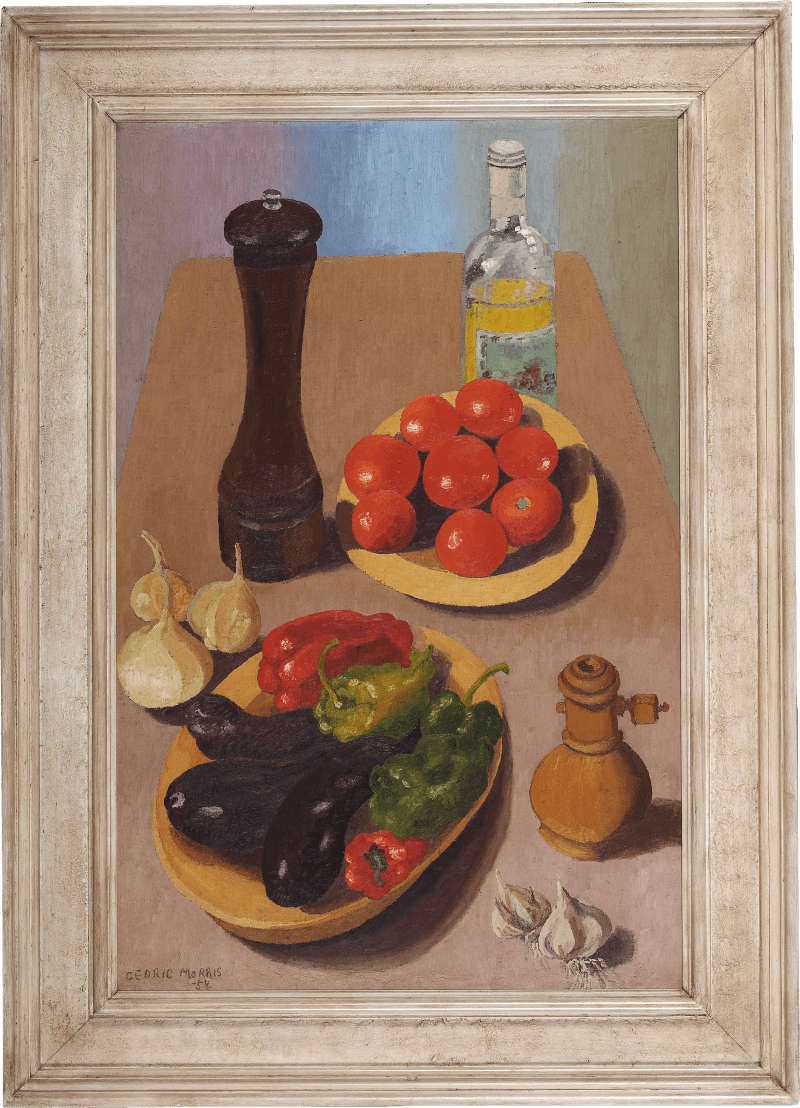By the 1960s, the art school that Cedric Morris and his partner Arthur Lett-Haines had established at Benton End (the East Anglian School of Painting and Drawing) had quietened down. Though students still came and went, Morris and Lett (as he was known) had more time to themselves and spent it attending to their bountiful garden, of which is the subject of many of Morris’ works. Known as an ‘Artist Plantsman’ Morris had a strong interest in varieties of plants and took this as inspiration for many of his works. From time to time Morris would sell to bulb and seed firms and would use the money, alongside the earnings gained from sold paintings, to fund his extended trips to warmer climates.[1] Each winter Morris would travel abroad in search of subject matter to paint and exotic plant seeds to take back to his home. As Christopher Neve and Tony Venison note in their article on Benton End, the garden...
By the 1960s, the art school that Cedric Morris and his partner Arthur Lett-Haines had established at Benton End (the East Anglian School of Painting and Drawing) had quietened down. Though students still came and went, Morris and Lett (as he was known) had more time to themselves and spent it attending to their bountiful garden, of which is the subject of many of Morris’ works. Known as an ‘Artist Plantsman’ Morris had a strong interest in varieties of plants and took this as inspiration for many of his works. From time to time Morris would sell to bulb and seed firms and would use the money, alongside the earnings gained from sold paintings, to fund his extended trips to warmer climates.[1] Each winter Morris would travel abroad in search of subject matter to paint and exotic plant seeds to take back to his home. As Christopher Neve and Tony Venison note in their article on Benton End, the garden was a ‘collector’s cabinet which came to include many discoveries on expeditions abroad’.[2] Like Morris’ garden, through his paintings, we are provided with a unique insight into the life and subjects that inspired Morris along the way.
During the winter of 1973, Morris returned to Cyprus. Having visited once before in 1967 and painted works such as Turkish Village in Cyprus, characterised by his bold use of rich violet colours, Morris was clearly inspired by the Mediterranean landscape. He was known to ‘meander about slowly, watching things move, a ladybird on a leaf, someone rubbing lavender into a basket, an altercation between gardeners…a twinkle lurking in his eye’.[3] The meticulous way in which Morris worked by applying short confident strokes with minimal preparatory drawing gives the painting immediacy and personality. In Cyprus Garden, the array of flowers in rich hues of red, pink, and purple paired with the blues and greens of Mediterranean shrubbery provide an accurate insight into the inspiration that Morris drew from when abroad.
[1] Morphet, R. (1984) Cedric Morris. London: Tate Gallery, p. 66.
[2] Neve, C., and Venison, T. (1979) ‘A Painter in his Garden’, Country Life, 17 May, pp. 1532-4.
[3] Tyner, C. (1983) Letter to Richard Morphet, 19 August 1983 (Mrs. Chloe Tyner was the daughter of Madame Elspeth Champcommunal with whom Cedric stayed in Vaucluse at Giverny).
[4] Morphet, R. (1984) Cedric Morris. London: Tate Gallery, p. 66.











